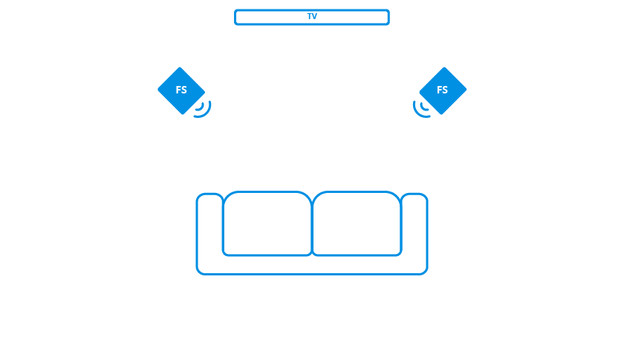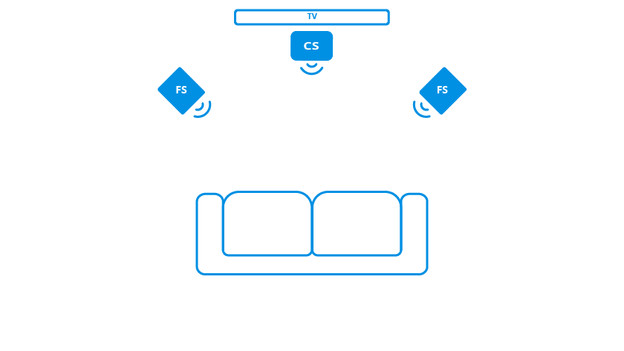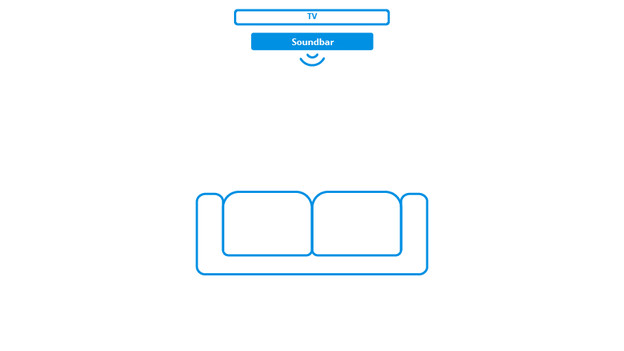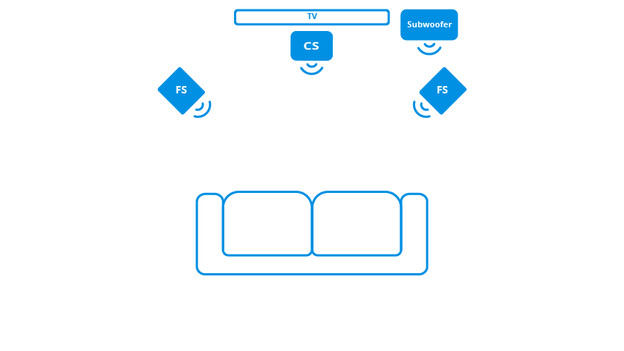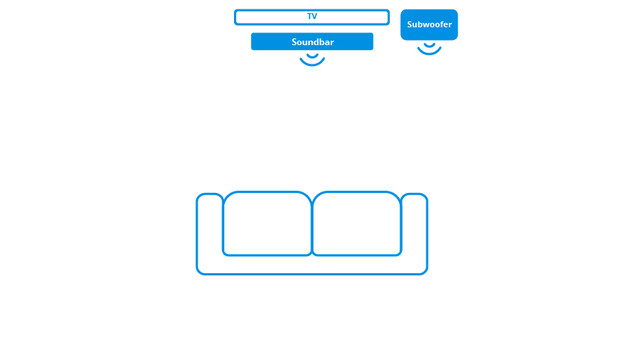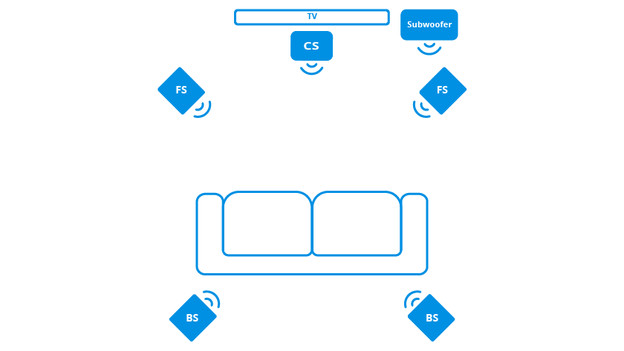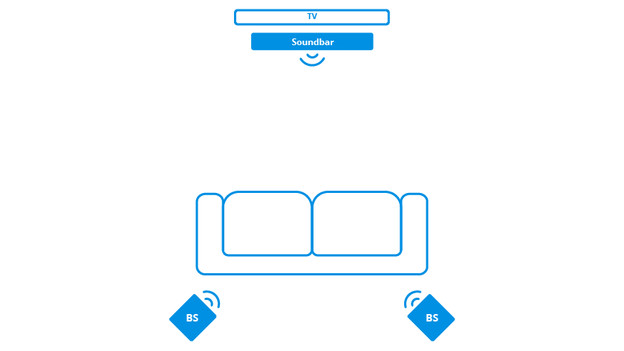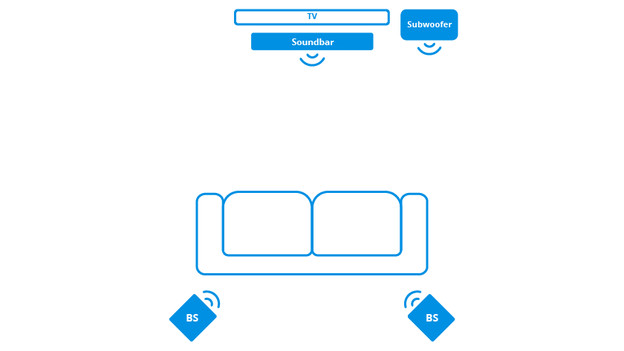
Written by Iris
Edited on
14 October 2025
·
11:16
What are surround setups and how do they work?
You've probably seen the number codes at the back of a speaker or home cinema set. We call this surround setups, and we'll explain how that works here. We'll also note the names of the most-used setups and what you can use them for.
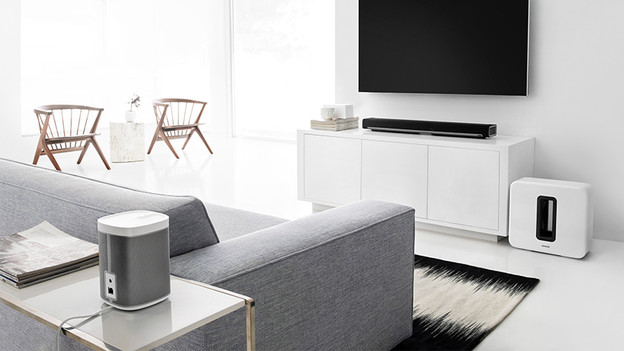
How does a surround setup work?
In a surround setup, you can place your speakers around your listening position. This way, you can hear the sound from multiple sides. It comes from the left, right, front, and back. This way, a movie or series comes to life in your living room, because it feels like you're in the middle of it. The number before the period notes the number of speakers and the number behind the period notes the number of subwoofers. The general rules is that the larger a set is, the more powerful and detailed the sound becomes.

Which types of speakers are there?
A set consists of different types of speakers witch each their own role. Together, they form a surround setup.
Front speaker: you place these speakers across your listening position. They're often to the right and left of your TV. You can create a stereo pair with 2.
Center speaker: a single speaker which you place across from you below the TV. This produces clear voices.
Rear speaker: these speakers are behind you to the left and right of your listening position.
Side speakers: these speakers are to the left and right and at the same level as your listening position.
Subwoofer: a subwoofer only produces low tones, also called the bass. Place it in front of your TV, or below the couch in some cases. The subwoofer also provides extra effects which you're used to from a cinema.
2.0 or 2.1
With a 2.0 or 2.1 setup, you listen to stereo audio. You'll hear the sound to the left and right of you. This can be a racecar driving from the left of the screen to the right. You need 2 speakers for this with an optional subwoofer for extra low bass tones.
2.0
2.1
3.0 or 3.1
With a 3.0 or 3.1 setup, you'll still experience stereo audio, but with an extra center speaker. This center speaker provides more details. This can be a clear dialogue between 2 people. You might find this setup in a soundbar. If you see this number, you know that the products can produce sounds in left and right channels. The .1 indicates the optional subwoofer that produces extra low tones.
3.0
3.0
3.1
3.1
5.0 or 5.1
With a 5.0 or 5.1 setup, you add 2 extra speakers behind your listening position. These rear speakers provide even more effects. For example, the rustling of leaves in thriller movies seem to really come from behind your couch. From these setups onwards, you'll have surround sound. This means you're surrounded by the sound. The sound comes from all directions. If you want to enjoy low tones, add an optional subwoofer.
5.0
5.1
5.0
5.1

What's the third number?
In specific cases, you'll see a third number, like 7.2.2. The third number indicates speakers on the ceiling, which provide a Dolby Atmos effect. This way, the sound comes from around and above you. So, 7.2.2. means 7 surround speakers, 2 subwoofers, and 2 ceiling speakers. In the image, we use the term FHS, which are Front High Speakers.
Article by Iris
Audio Expert.

